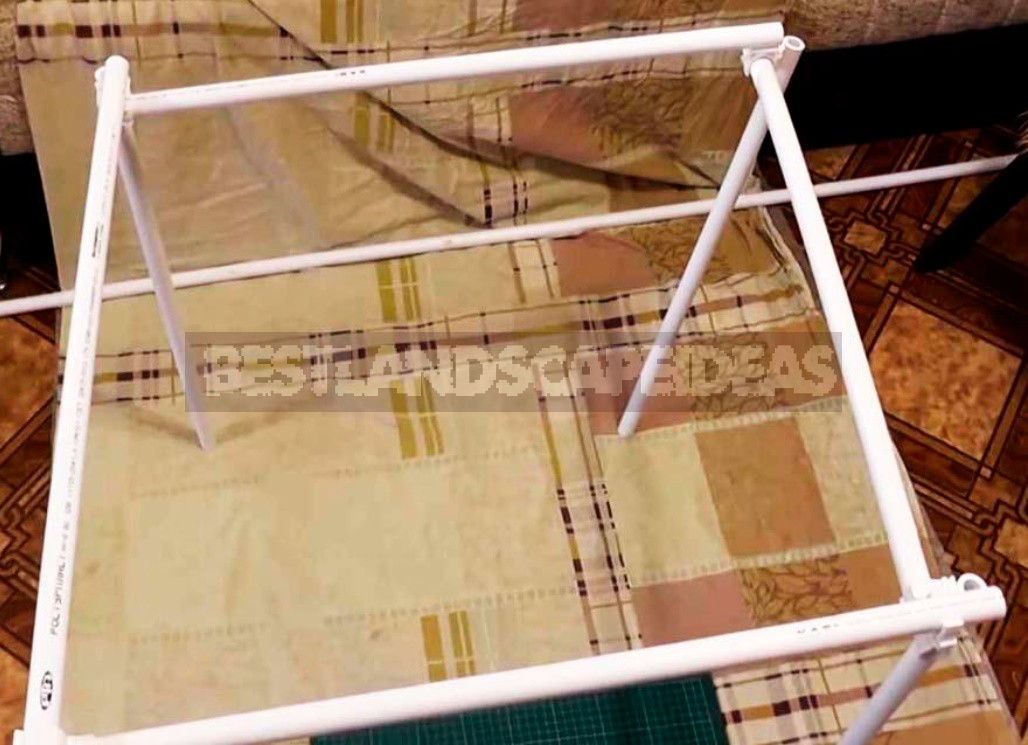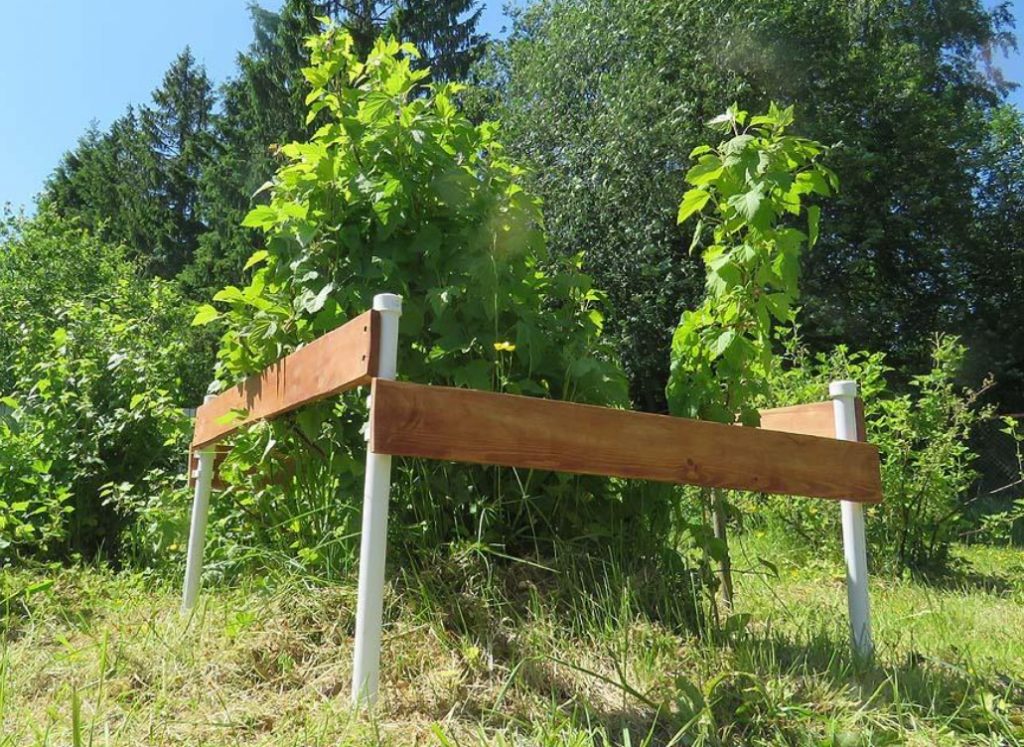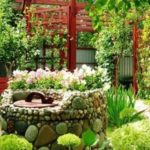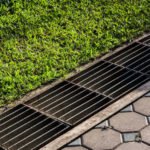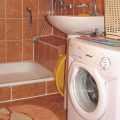I am already tired of making wooden fences for berry bushes. Wooden stakes rot quickly, and again it is necessary to redo. Water pipes are rusting. But polypropylene-plastic for water pipes-it seems like corrosion does not take.
Plastic water pipes are quite a budget material, especially if you have leftovers after installing a water pipe. I have already used them for making garden furniture — it turned out perfectly! Such a pipe can be replaced with a wooden beam. It is quite simple to make a fence only from a polypropylene pipe, but the pipe is much more expensive relative to rough pieces of wood. Immediately there is a suggestion: to make stakes from pipes, and crossbars — from the same rough pieces of wood. To make the fence look nice, the pieces of wood should be covered (painted) with something-paint or terrace oil. This will make them more resistant to the climate.
I will cover the pieces of wood with terrace oil, since I have it in my household.
We prepare the parts and cook the pipes
To begin with, I cleaned the rough boards with a grinder with a petal nozzle. It is better to do this on the street: the dust when grinding just stands like a pillar. After the grinder, I walked with a P80 skin, then applied a cherry-colored terrace oil.
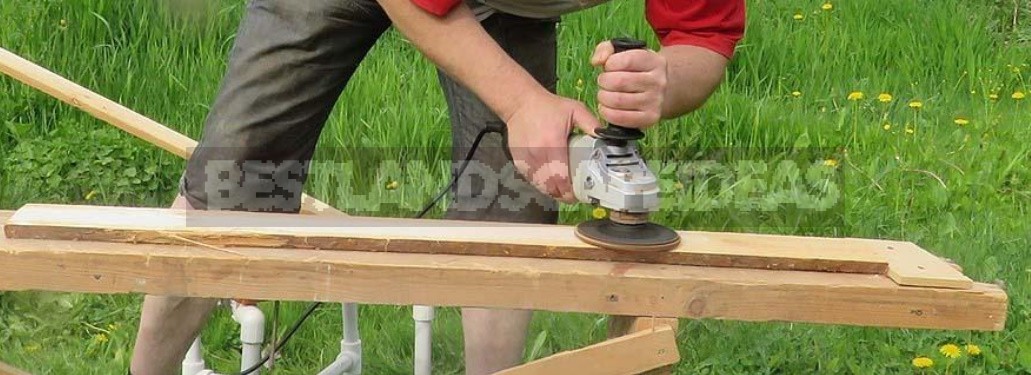
The Danish oil that I will use is a mixture of tung oil and other natural oils with the addition of urethane resins. The oil is specially developed for the treatment of terraces, garden furniture, etc. The composition includes UV filters that allow you to preserve the natural color of the wood. Protects the wood from burning out in the sun. It is applied with an ordinary kitchen sponge. At a temperature below +20°C, the oil dried for a long time, almost a day.
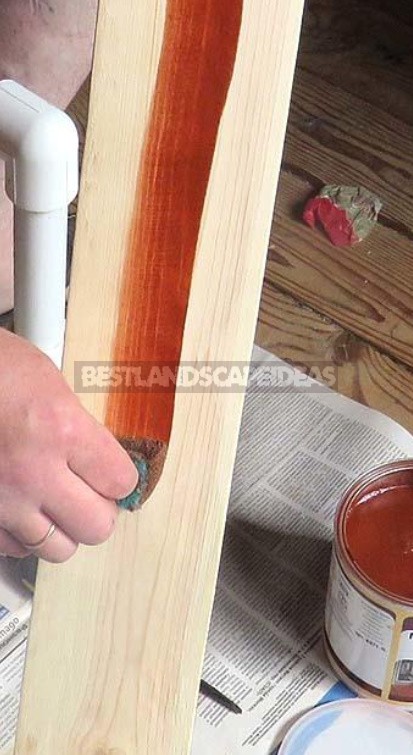
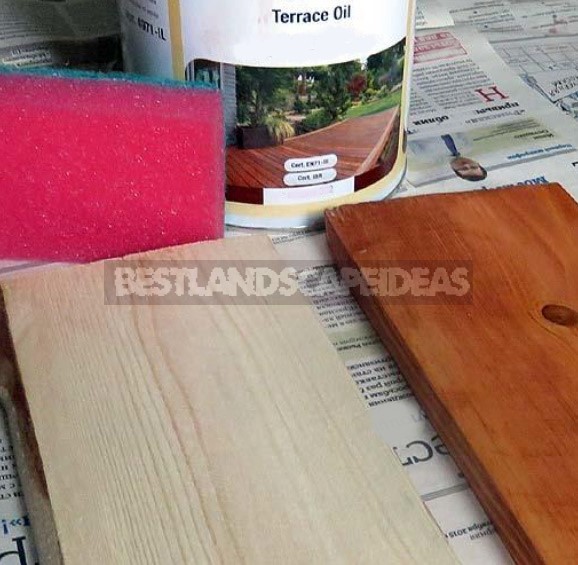
The second fence, smaller, was made from scraps of clapboard, which was slightly scalded so that the oil lay more evenly. I applied it again with a sponge — now the color “walnut”.
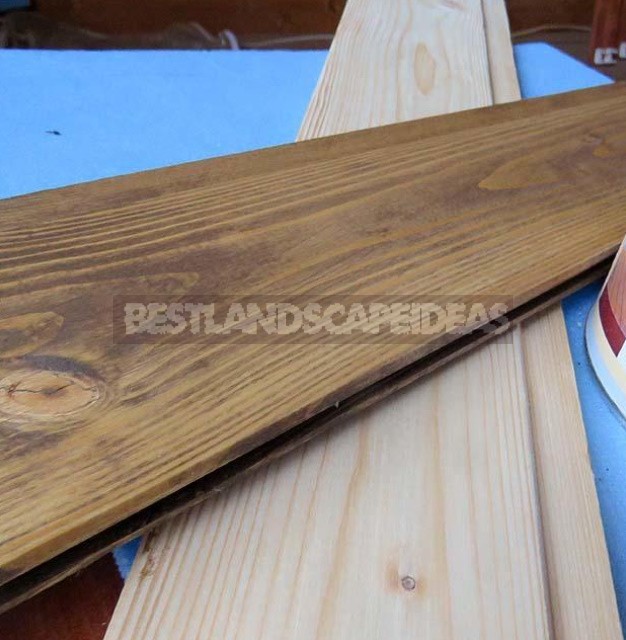
For the first fence, the legs were made of polypropylene pipe with a diameter of 32 mm. The height of the leg is 80 cm.
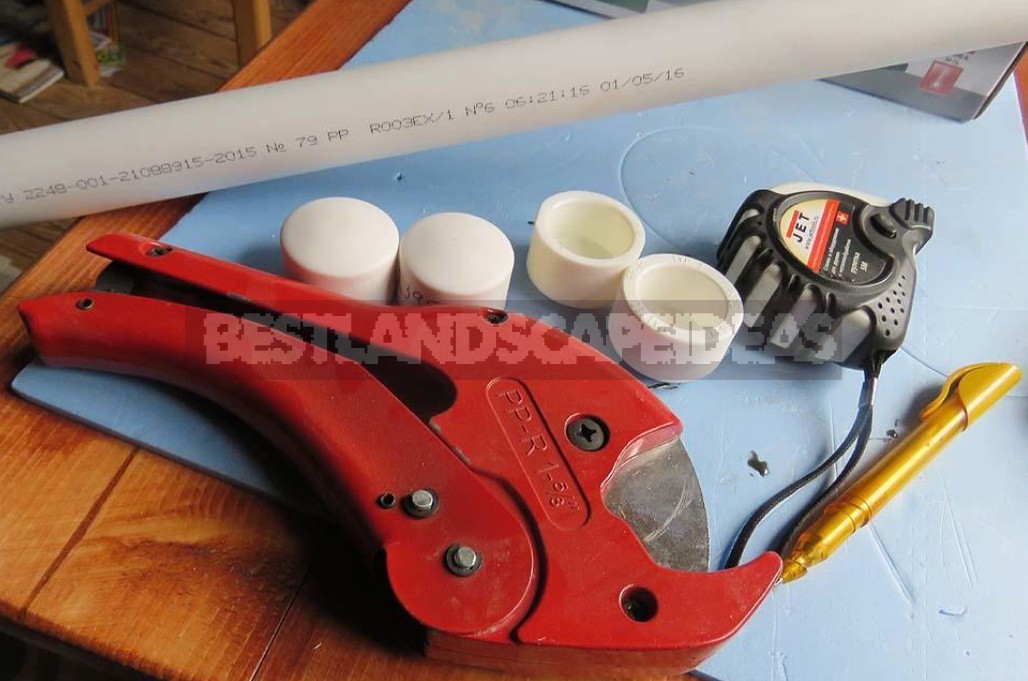
To prevent water from entering the pipes, I welded the plugs on the upper side.
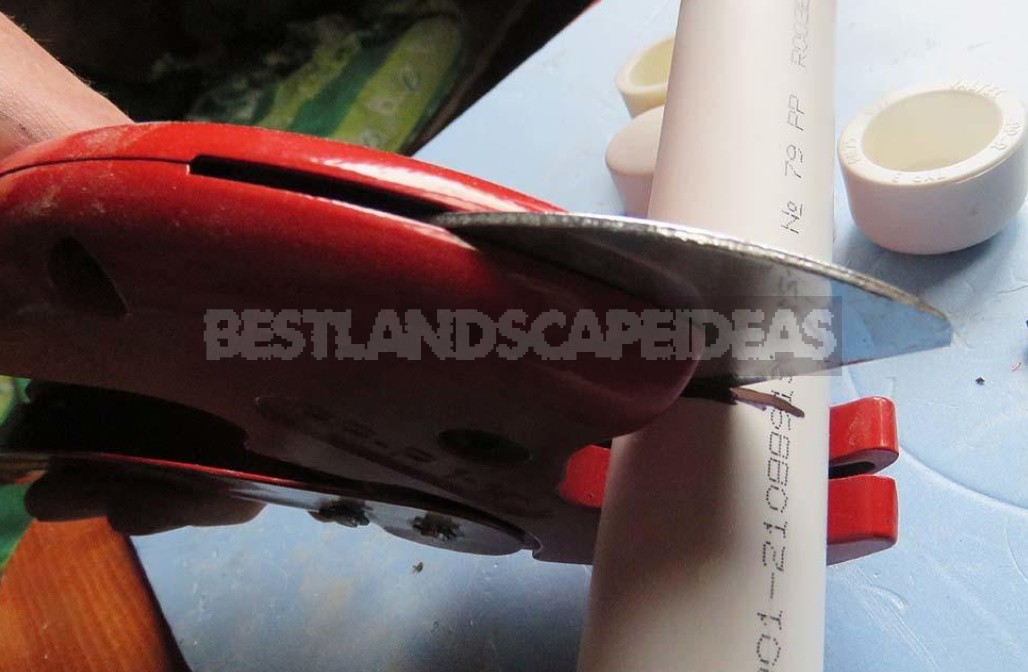
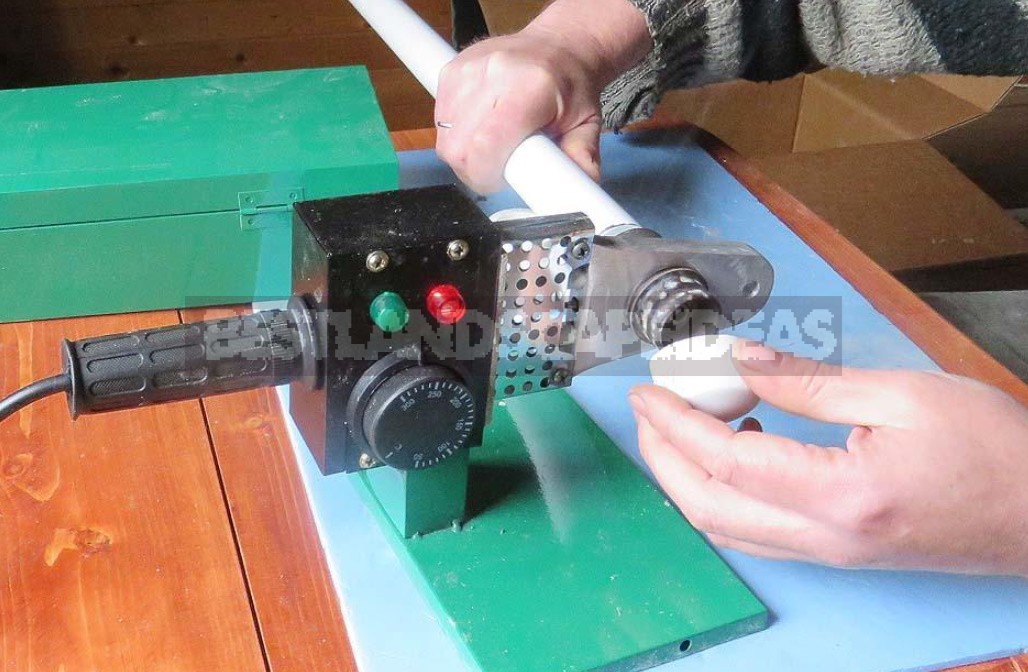
First, I tried to connect the boards with pipes with screws. The connection turned out to be reliable. Then I remembered that I have clips in my stash. I attached two clips on each side of the board.
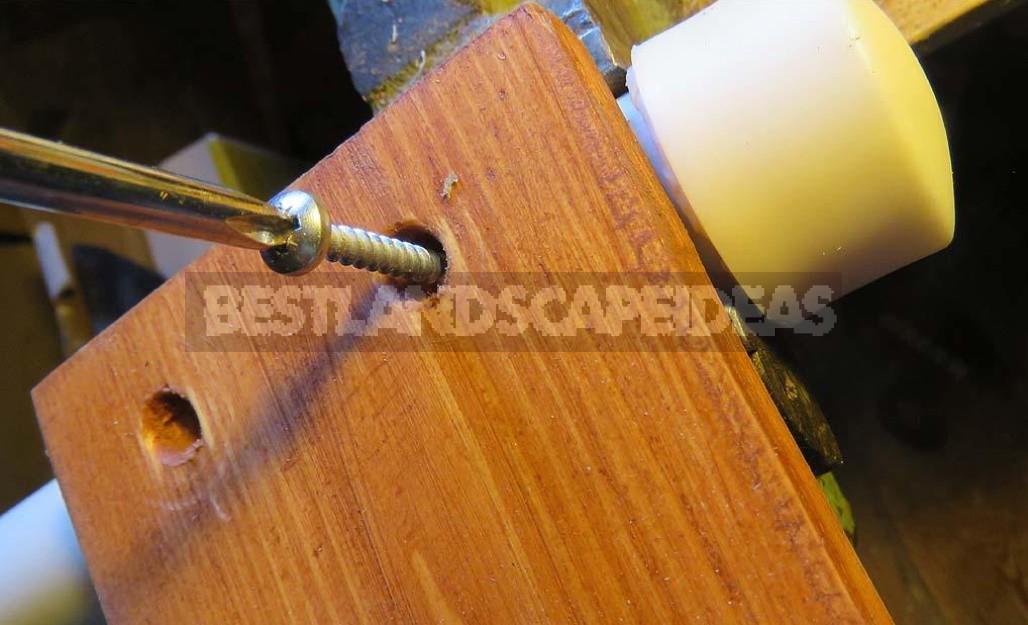
The fence turned out to be collapsible and convenient for transportation.
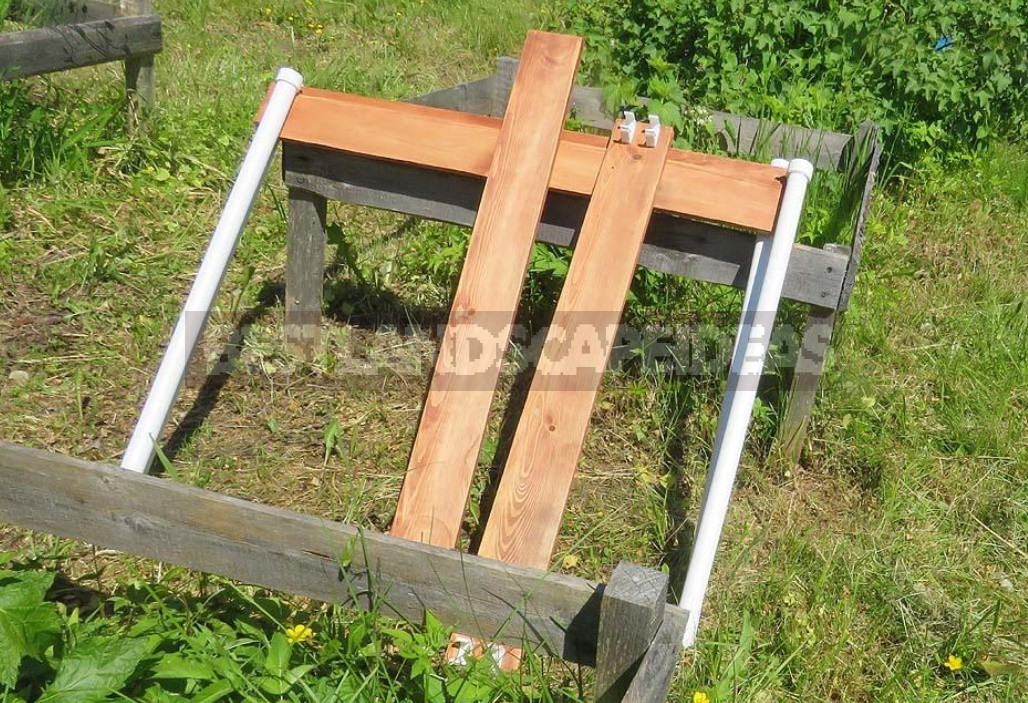
Installing a fence
I collected the first fence with screws, so I just install it around a currant bush as a box. I make a hole in the ground with a crowbar and carefully hammer the leg of the fence.
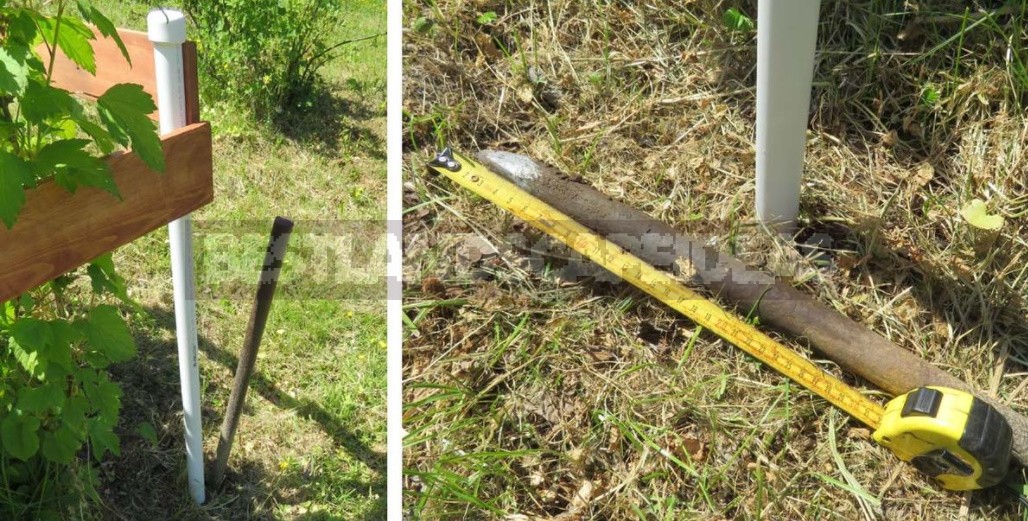
I installed the first fence. The height above the ground is 50 cm, the depth of the leg is 30 cm. The fence is square — 100 by 100 cm.
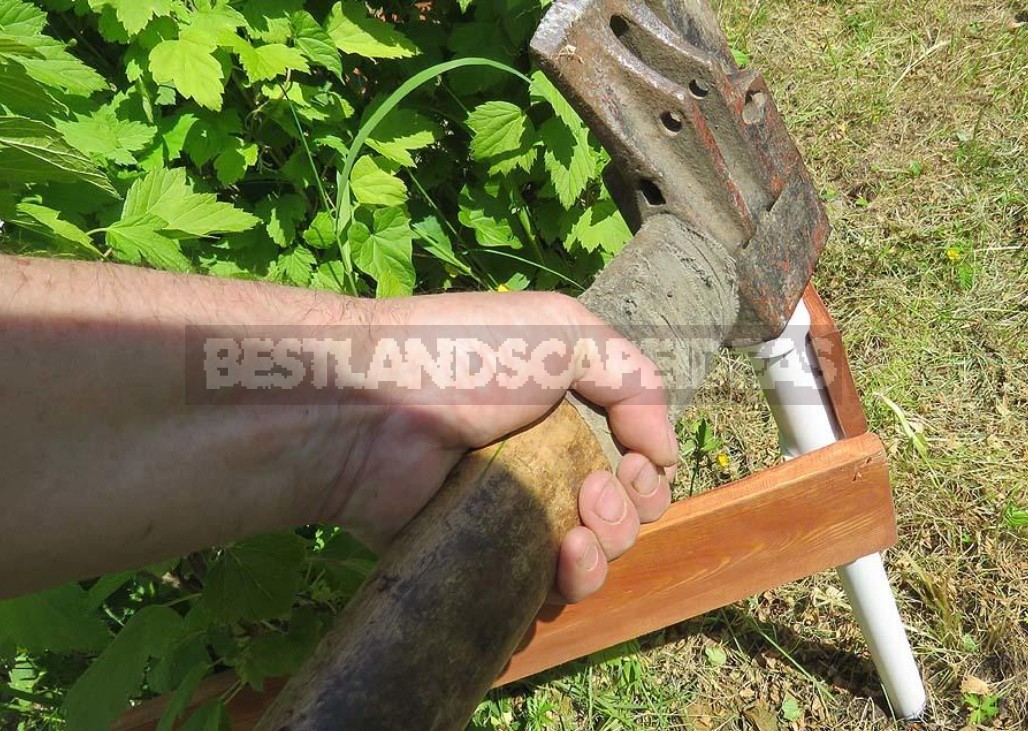
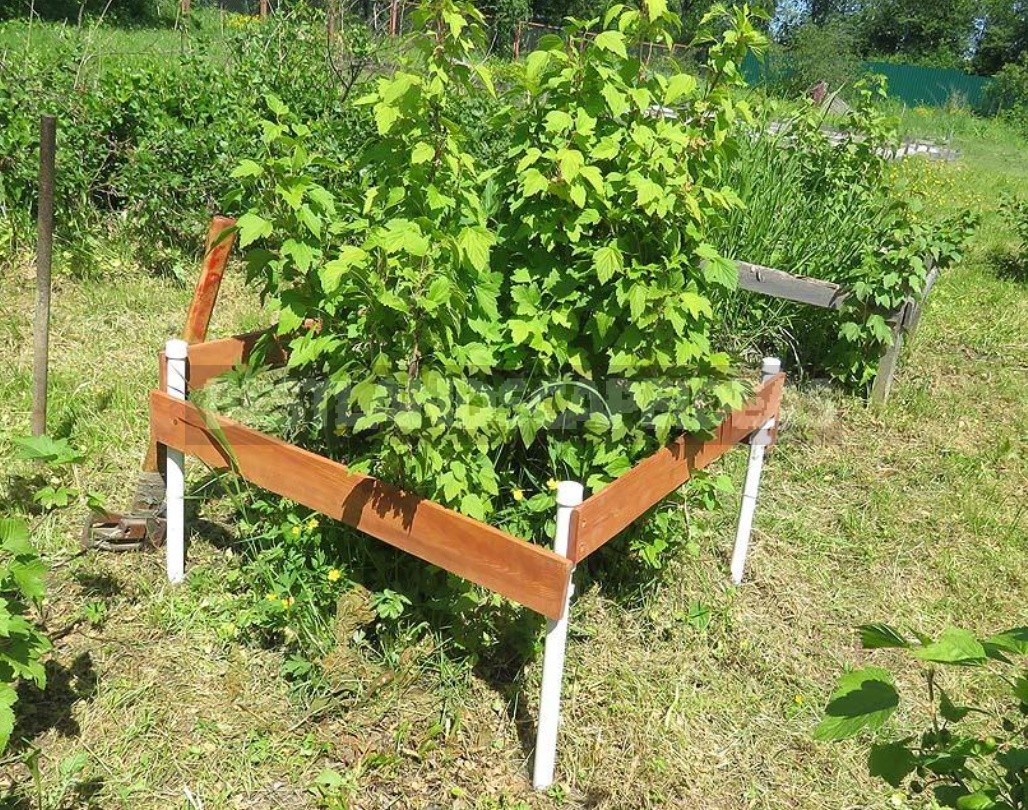
Installation of a collapsible fence
To install the fence exactly, you will need a crowbar, an axe, a tape measure and a level. The second fence is completely collapsible, the boards are connected to the legs with clips. The legs are made of a pipe with a diameter of 25 mm.
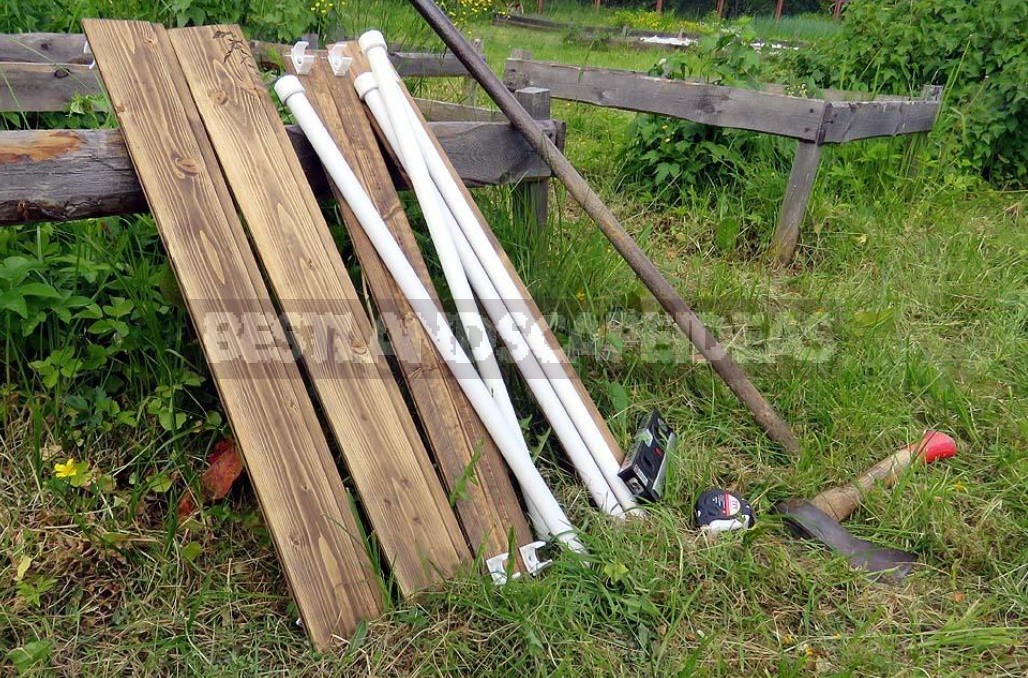
We collect the fence and install it in place. Again, we make holes with a crowbar 25-30 cm deep and insert the legs into them. Level up each side of the fence.
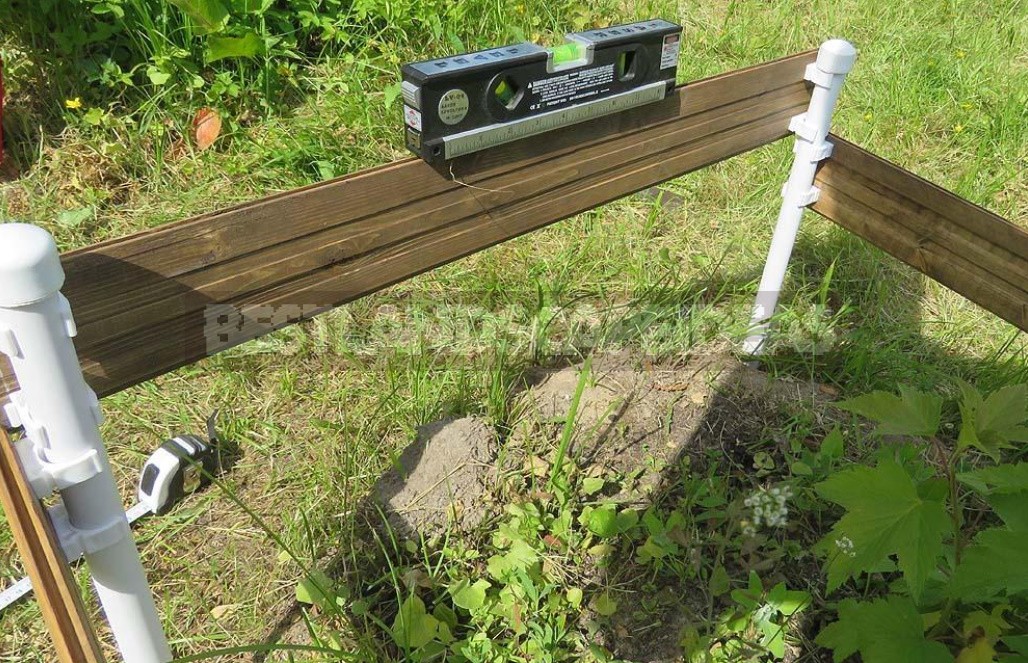
The leg is easily hammered into the ground with an axe or a hammer.
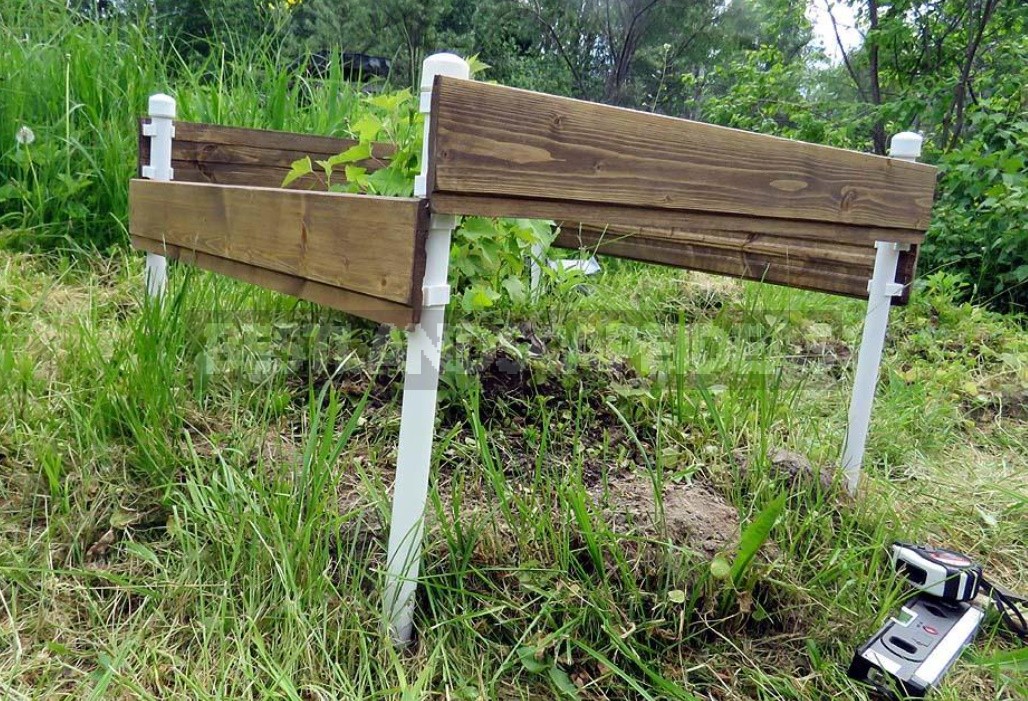
The fence is installed and pleases the eye. Its height is 45 cm, the depth of the leg is 30 cm, the shape is a square of 75 by 75 cm.
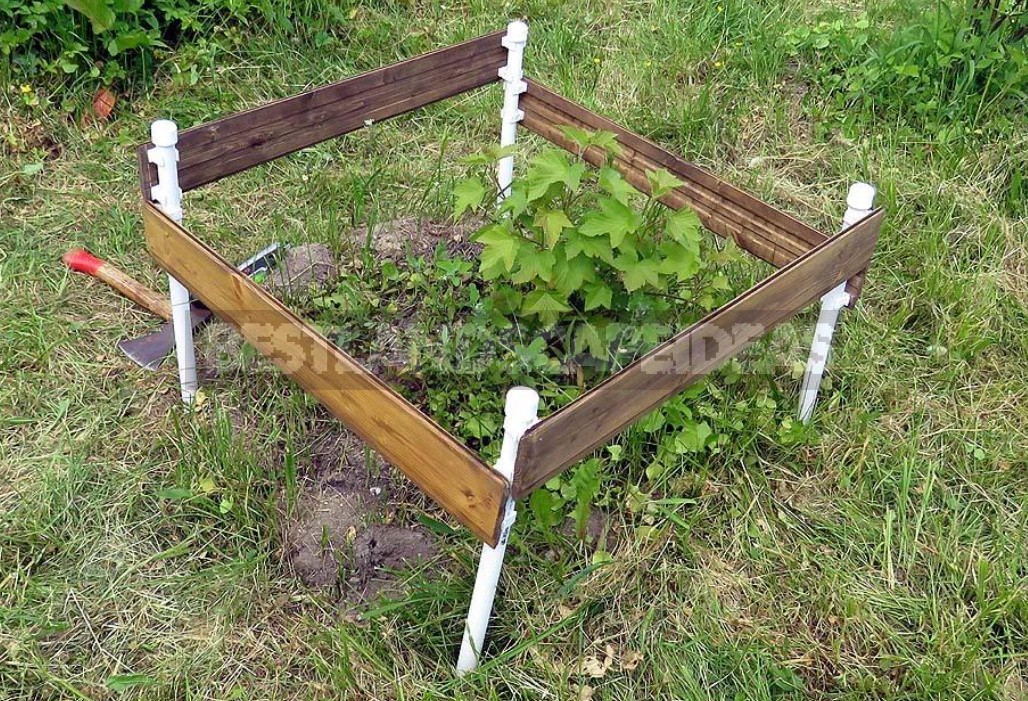
Fencing only made of plastic pipes on clips
The fence can be made entirely of plastic pipes. It is easy to assemble and disassemble. The pipes hold the clips.
